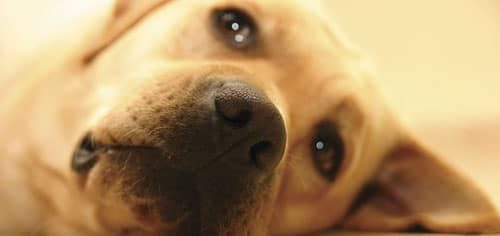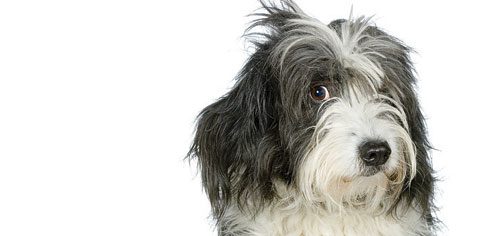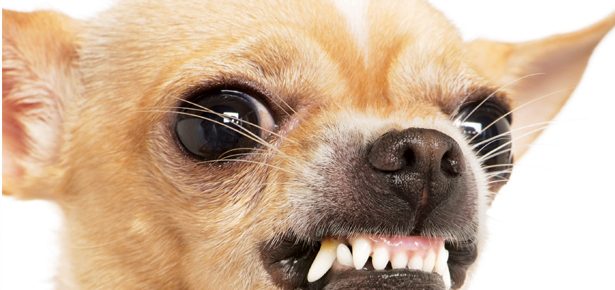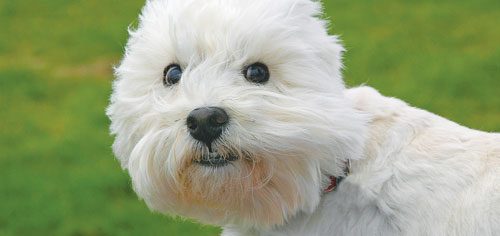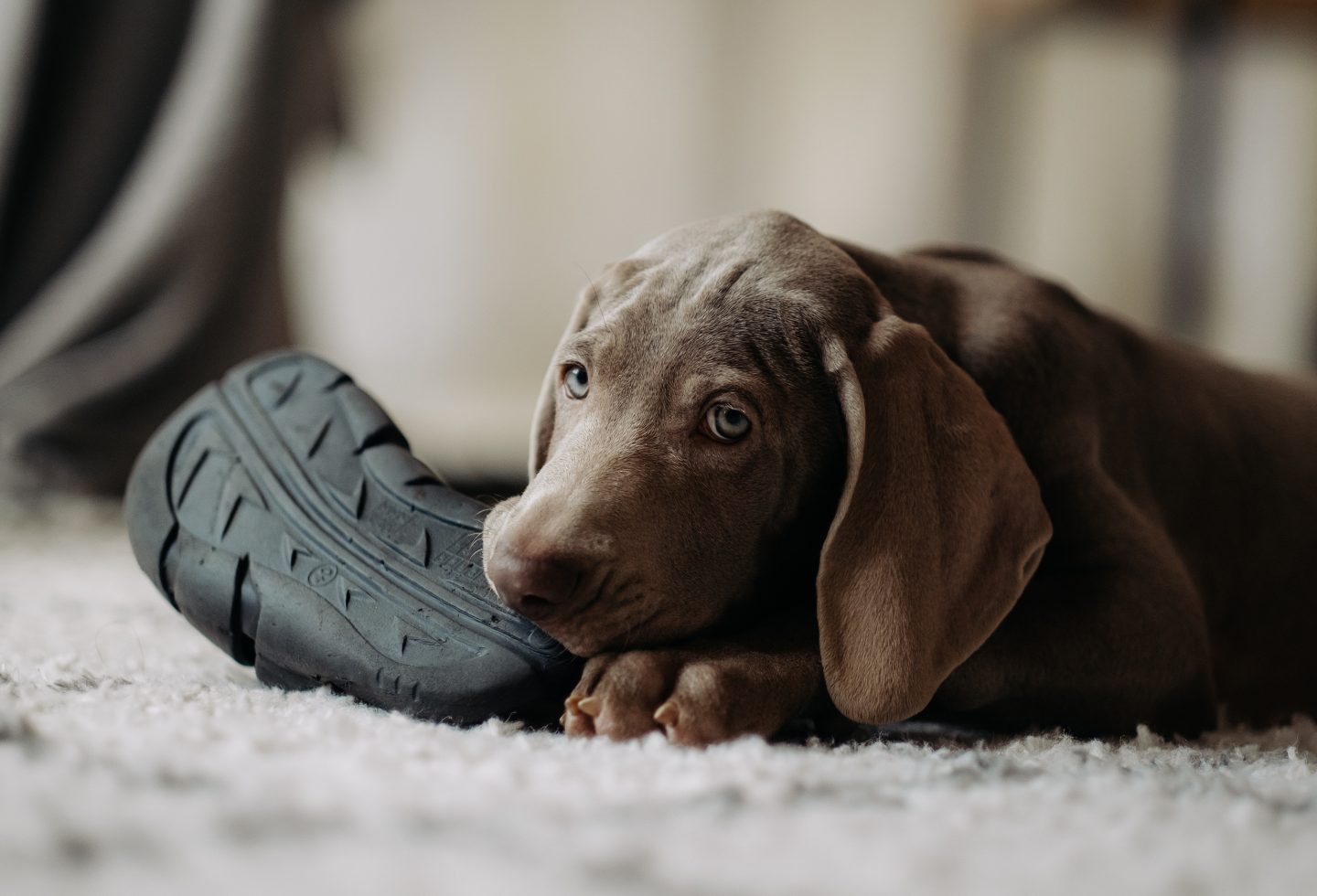
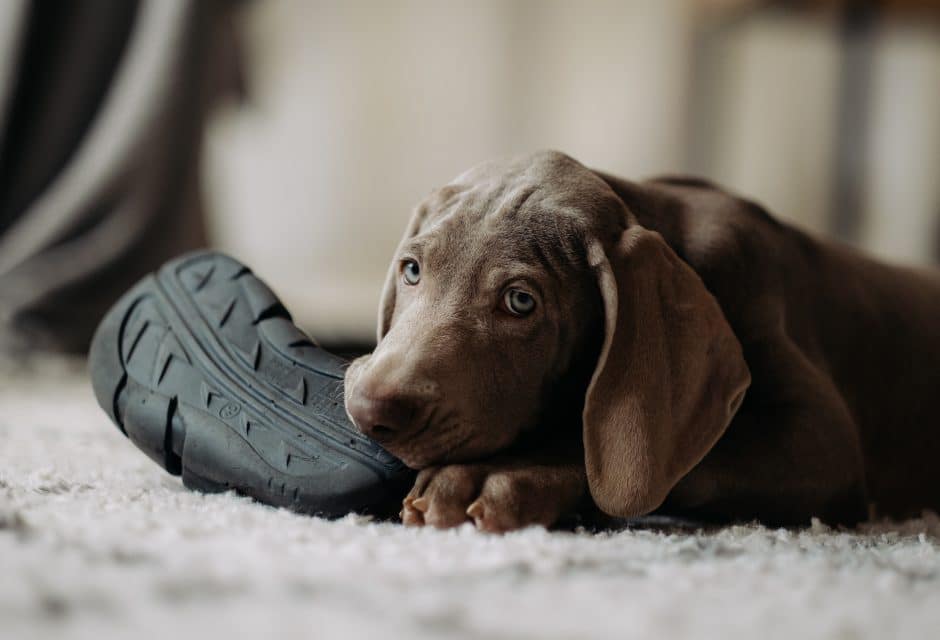
Destructive Chewing
Dogs chew and destroy things for many reasons, but two of the most common factors are boredom and excess energy.
Q: My six-month-old Weimaraner puppy is a holy terror, destroying EVERYTHING. She’s even chewed the couch and the edge of the stairs. She destroys anything she can get her paws on whether we’re home or not. What can I do about this? Please help!
A: Your girl sounds like a happy, healthy Weimaraner pup to me! On the positive side, she’s got lots of that fabulous puppy energy. Now we just need to find ways to focus it on things other than your furniture and prized possessions. Since you mentioned that she’s destructive whether you’re home or away, let’s break the solution down into two parts: there and gone.
First, let’s discuss when you’re gone. There’s not much you can do about destructive behaviour if you’re not there, so it’s time for some tried and true management techniques. Is your girl crate trained? If so, great! If not, check out moderndogmagazine.com/crate-training for how to acclimate her to a crate. Be sure she’s gone potty and is well tired out from exercise before crating her. You can leave her crated up to three to four hours while you’re away. If you are going to be gone longer, have someone come in every few hours to exercise and potty her. The same applies if you choose to have her gated in the kitchen or another room instead of the crate. Just make sure there’s nothing in the area she can destroy.
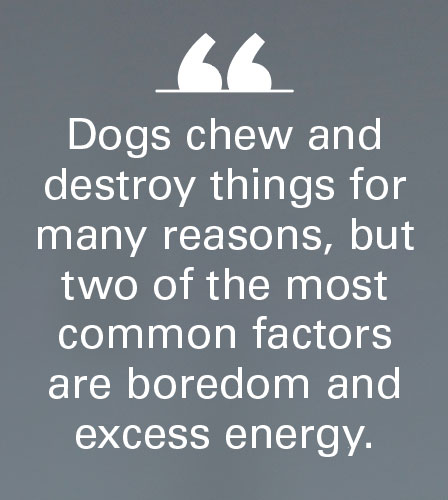
Different chew items appeal to individual dogs, but a stuffed Kong is one of my all time tried and true favourites. (Some Kong stuffing recipes include a high-quality wet dog food, canned pumpkin, leftover chicken (boneless, of course!) and mashed potatoes, or peanut butter. Tip: freezing a stuffed Kong will keep your dog busy even longer!) There are also many types of balls and other dispensers that can be filled with kibble or treats, which then have to be knocked around to get at the goodies. Sometimes these more “active” type dispensers are more enticing to active dogs who have a hard time lying still to chew.
Two other parts of the puzzle are mental stimulation and physical exercise. Chew toys and dispensers offer some mental stimulation, but you can provide your pup with even more opportunity to use her brain. Training, particularly clicker training, which teaches dogs to figure out what you want and to offer behaviours, is one of the best ways to provide mental stimulation. And those wonderful learned behaviours will also make your life easier! In addition to training, there are puzzle toys that require dogs to paw and nose at various sliders and levers in order to get to hidden treats. And, if you want to earn Mental Stimulation extra credit, take your pup to a K9 Nosework class. Nosework provides excellent mental stimulation for dogs of all ages. No time for class? Pick up a book like Fun Nosework for Dogs by Roy Hunter that teaches you how to set up nosework games at home.
Exercise is all-important when you have an active, high-energy pup. Most owners drastically underestimate the amount of exercise their dogs need. They believe, for example, that a 15-minute potty walk is sufficient. Not even close! Your pup needs long walks that allow him to stretch his limbs and—how great is this?—also provide mental stimulation in the form of sniffing and exploring! Hiking is a great way to accomplish this. If you are not in an area where hiking is possible, go for long walks around your neighbourhood exploring together. Vary your path periodically to keep things interesting.
Lastly, don’t undo all of your good work by feeding a low quality food. Foods that have lots of corn and other fillers rather than quality ingredients can make a huge difference in dogs’ behaviour. As a trainer, many times I have seen owners do nothing but switch a dog to a better quality food, and the hyperactive and destructive behaviours were greatly lessened.
If you do catch your pup in the midst of puppy redecorating, interrupt the behaviour with a sharp verbal “Eh-eh!” Once you have her attention, lead her away from the area, ask for a simple behaviour such as a sit or down, and then reward her with a proper chew item. The reason to incorporate asking for a behaviour between the interruptor and the reward is so that your pup does not come to equate chewing with being rewarded.
In summary, ensure that your puppy is eating a high quality food and being given proper chew toys, is getting lots of physical exercise and mental stimulation, and is being properly managed whenever you’re away. And, of course, be vigilant when you are at home. If you do these things consistently, you will not only have less destruction, but a healthy, happy, well-adjusted pup who’s gone from “holy terror” to “Holy smokes, what a great dog!”
Nicole Wilde is an award-winning author of ten books on canine behaviour. Her books, seminar DVDs, and Wilde About Dog blog can be found at nicolewilde.com.
Join the newsletter and never miss out on dog content again!
"*" indicates required fields
By clicking the arrow, you agree to our web Terms of Use and Privacy & Cookie Policy. Easy unsubscribe links are provided in every email.
